Rathcroghan
This ancient Irish landscape boasts hundreds of legendary ruins.
Rathcroghan, or Cruachan Aí, is an archaeologist’s dream. Found in the center of County Roscommon, it contains about 240 identified archaeological sites packed within an area of about 2.5 square miles.
This landscape confidently bears witness to nearly 5,500 years of continuous settlement. The earliest known monument is a small court tomb from the early Neolithic Period. Bronze and Iron Age burial mounds dot the earth. You’ll also find traces of massive feats of late Iron Age architecture such as the Rathcroghan Mound and the Mucklaghs earthworks as well as early historic settlement sites and religious foundations. The later medieval period sees Rathcroghan divided into a large matrix of field systems, evidence of the pastoral farming practice common to this region from prehistory up to the present day.
This area, perhaps unsurprisingly, is also one of the key theaters of Ireland’s impressive collection of intoxicating mythology and literature. It boasts the mythological gateway into the Irish Otherworld: the cave of Oweynagat. Uaimh na gCat (Gaelic for “Cave of the Cats”) is the origin place of the pre-Christian seasonal celebration of Samhain, the Celtic precursor to modern Halloween.
Rathcroghan is the starting point for a whole series of Iron Age heroic cattle raiding tales, known as na Tána. Indeed, the central tale of the Ulster Cycle of Irish mythology, an Táin Bó Cúailnge, Ireland’s greatest epic, rises out of Rathcroghan, at the behest of the famous Iron Age Warrior Queen Medb (Maeve) of Connacht. Medb is a vital part of this landscape, and of the West more generally, and her capitol and palace are reputed to be located on the Rathcroghan landscape. These stories record the deeds of Ireland’s heroes, such as Cú Chulainn, Fráoch, the Morrigan, Conor Mac Nessa, Ferdia, and Medb herself.
Many of these archaeological sites retain links to these heroic tales through their names, among them Reilig na Rí (the Cemetery of Kings), Caiseal Mhanannán (the stone fort of Manannán mac Lír, god of the sea), Rath na dtarbh (the fort of the bulls), Daithí’s Stone, and more. Hearing these stories, told on this earthen canvas, is the perfect way to understand the previous generations who walked this sacred landscape.
Know Before You Go
The best way to explore this fascinating place is organized through Rathcroghan Visitor Centre, located about a mile to the east of Rathcroghan, in the village of Tulsk, Co. Roscommon. It's located on a number of main routeways in the area and serviced by regular bus routes.

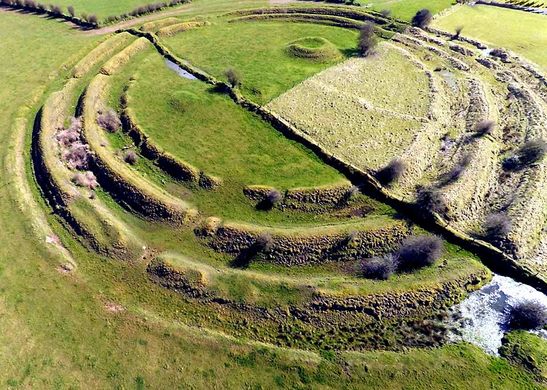
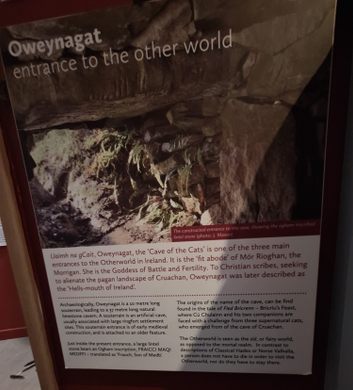


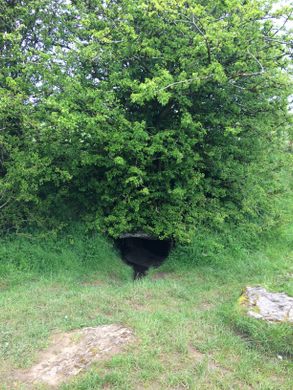
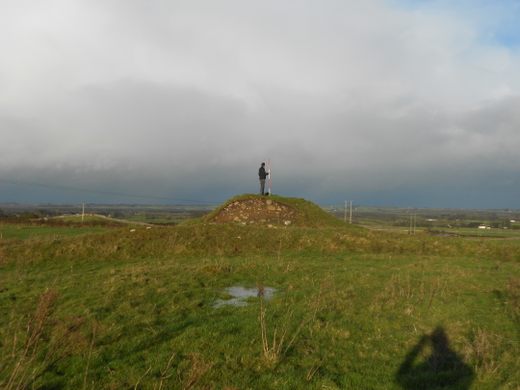
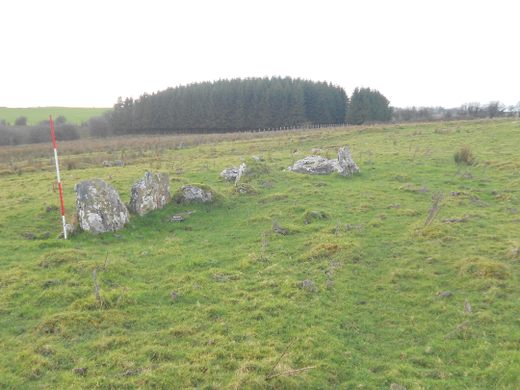
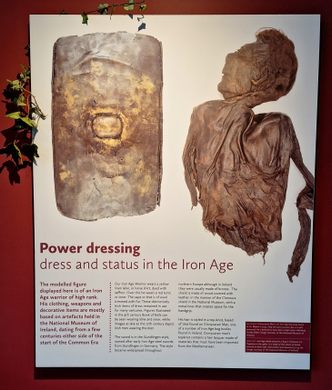










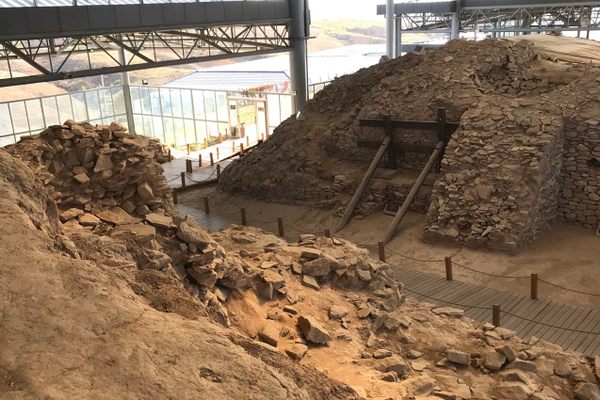

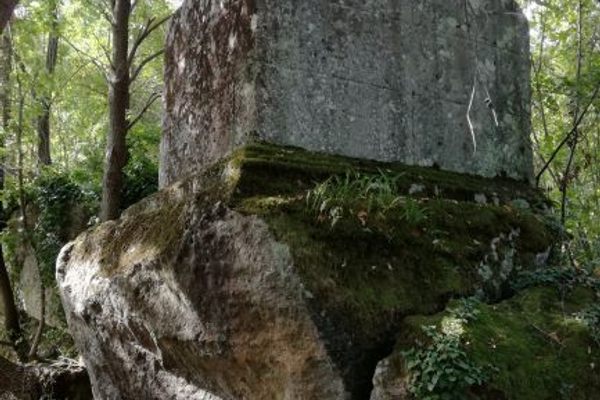
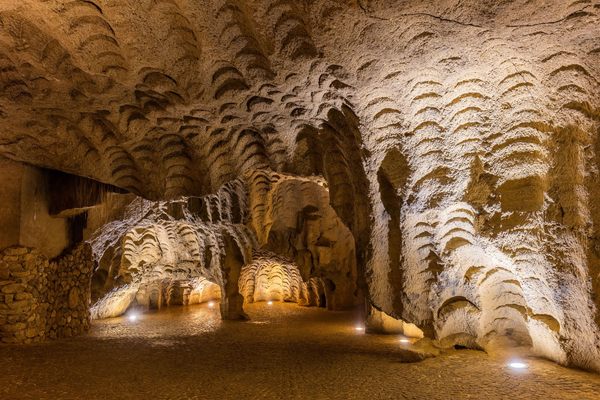

Follow us on Twitter to get the latest on the world's hidden wonders.
Like us on Facebook to get the latest on the world's hidden wonders.
Follow us on Twitter Like us on Facebook